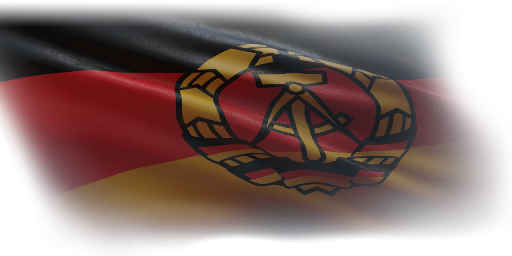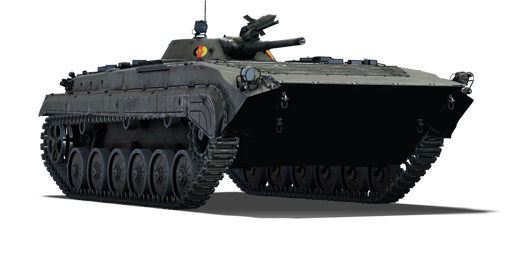As part of the Cold War remilitarization, the growing East German National People's Army (NVA) began receiving BMP-1 infantry fighting vehicles (IFV) from both the Soviet Union and Czechoslovakia. Throughout the Cold War, the NVA would receive a total of 1,133 BMP-1s for use in their motorized rifle regiments. Following the reunification of East and West Germany, the Bundeswehr integrated the BMP-1 into its ranks in 1991, upgrading and modifying them into the BMP-1A1 Ost variant to meet Bundeswehr standards. The BMP-1 was eventually retired from service by 1994 and either scrapped or sold to other countries.
The German version of the SPz BMP-1 (Schützenpanzer, BMP-1) was introduced into War Thunder in Update 1.93 "Shark Attack". As an import, the SPz BMP-1 is similar to the Soviet Union's version with fast mobility, an assortment of dangerous armament, but paper-thin armour. The armament of a 73 mm HEAT warhead and a missile, either the MCLOS 9M14 or SACLOS 9M113, means the BMP-1 has more than enough firepower to take care of any enemy it encounters if it gets the first shot off. The BMP's mobility should allow it to get into places the enemy wouldn't expect it to be early in a match, and frequent repositioning is crucial as any incoming shots, even by autocannons and heavy machine guns, have the potential to penetrate the BMP-1's armour even from the front.
















